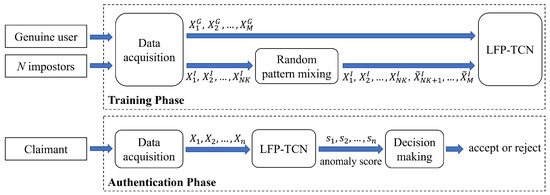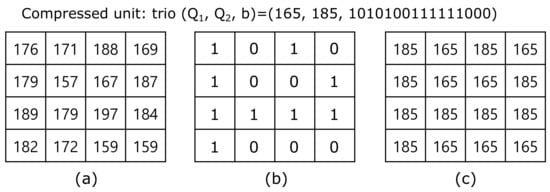Trends and Prospects in Multimedia
A topical collection in Applied Sciences (ISSN 2076-3417). This collection belongs to the section "Computing and Artificial Intelligence".
Viewed by 3343Editors
Interests: multimedia security; multimedia signal processing; image compression; watermark technology; steganography; multimedia database
Special Issues, Collections and Topics in MDPI journals
Interests: biometrics; biometric security; machine learning
Special Issues, Collections and Topics in MDPI journals
Topical Collection Information
Dear Colleagues,
This topical collection aims to introduce the latest research on multimedia signals, including digital contents and the various devices supporting them, in the open access journal Applied Sciences. We are currently open for manuscripts from authors interested in this topical collection. We look forward to the submission of creative research papers and review papers on related topics in this field of research that will enhance the quality of this collection and advance the knowledge base of this subject.
Prof. Dr. Cheonshik Kim
Prof. Dr. Andrew Teoh Beng Jin
Collection Editors
Manuscript Submission Information
Manuscripts should be submitted online at www.mdpi.com by registering and logging in to this website. Once you are registered, click here to go to the submission form. Manuscripts can be submitted until the deadline. All submissions that pass pre-check are peer-reviewed. Accepted papers will be published continuously in the journal (as soon as accepted) and will be listed together on the collection website. Research articles, review articles as well as short communications are invited. For planned papers, a title and short abstract (about 100 words) can be sent to the Editorial Office for announcement on this website.
Submitted manuscripts should not have been published previously, nor be under consideration for publication elsewhere (except conference proceedings papers). All manuscripts are thoroughly refereed through a single-blind peer-review process. A guide for authors and other relevant information for submission of manuscripts is available on the Instructions for Authors page. Applied Sciences is an international peer-reviewed open access semimonthly journal published by MDPI.
Please visit the Instructions for Authors page before submitting a manuscript. The Article Processing Charge (APC) for publication in this open access journal is 2400 CHF (Swiss Francs). Submitted papers should be well formatted and use good English. Authors may use MDPI's English editing service prior to publication or during author revisions.
Keywords
- multimedia systems
- multimedia processing
- multimedia applications
- multimedia security
- system software for multimedia
- system hardware for multimedia
- network for multimedia
- signal processing for multimedia
- AI technology for multimedia
- every topic related multimedia








